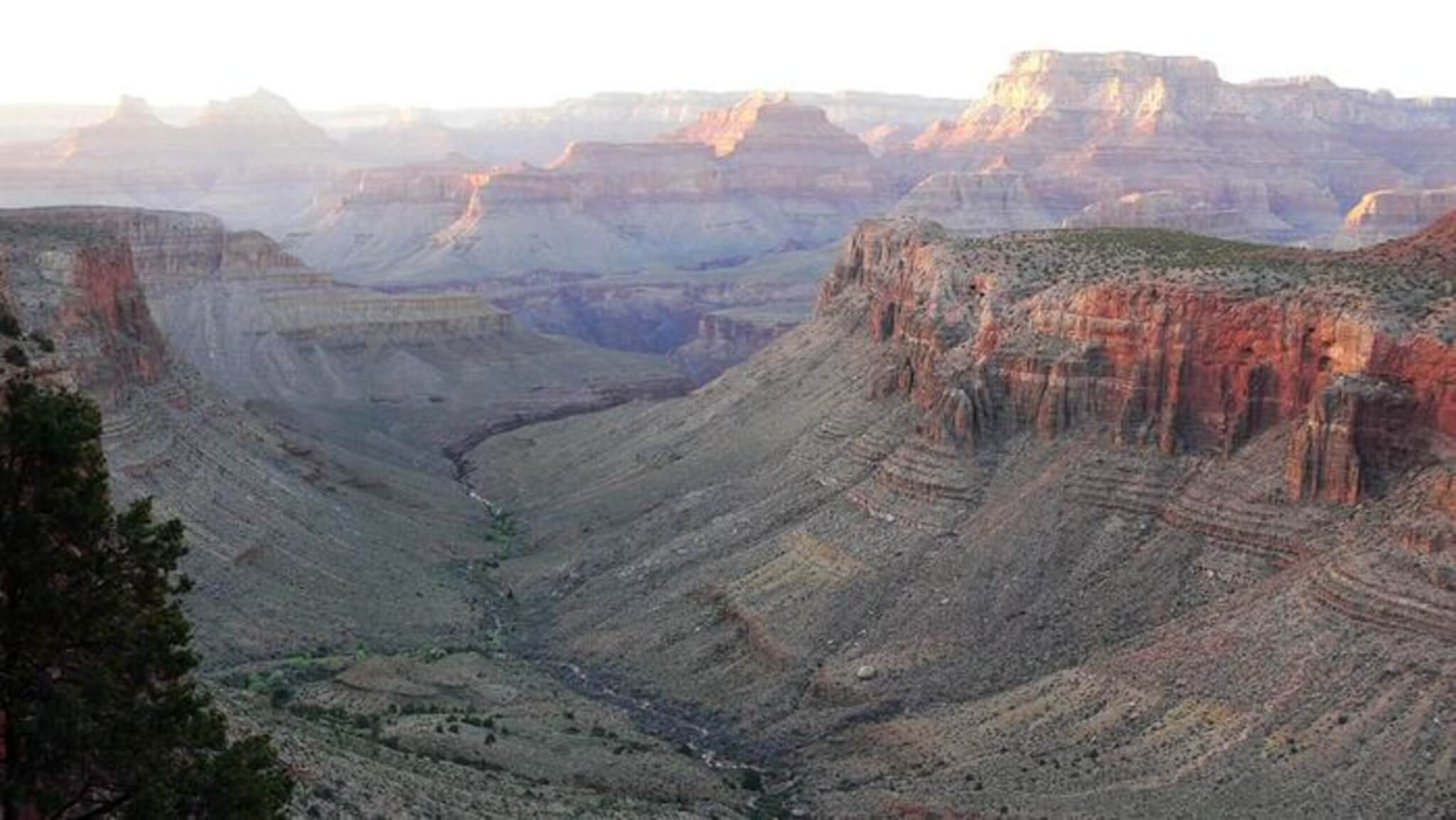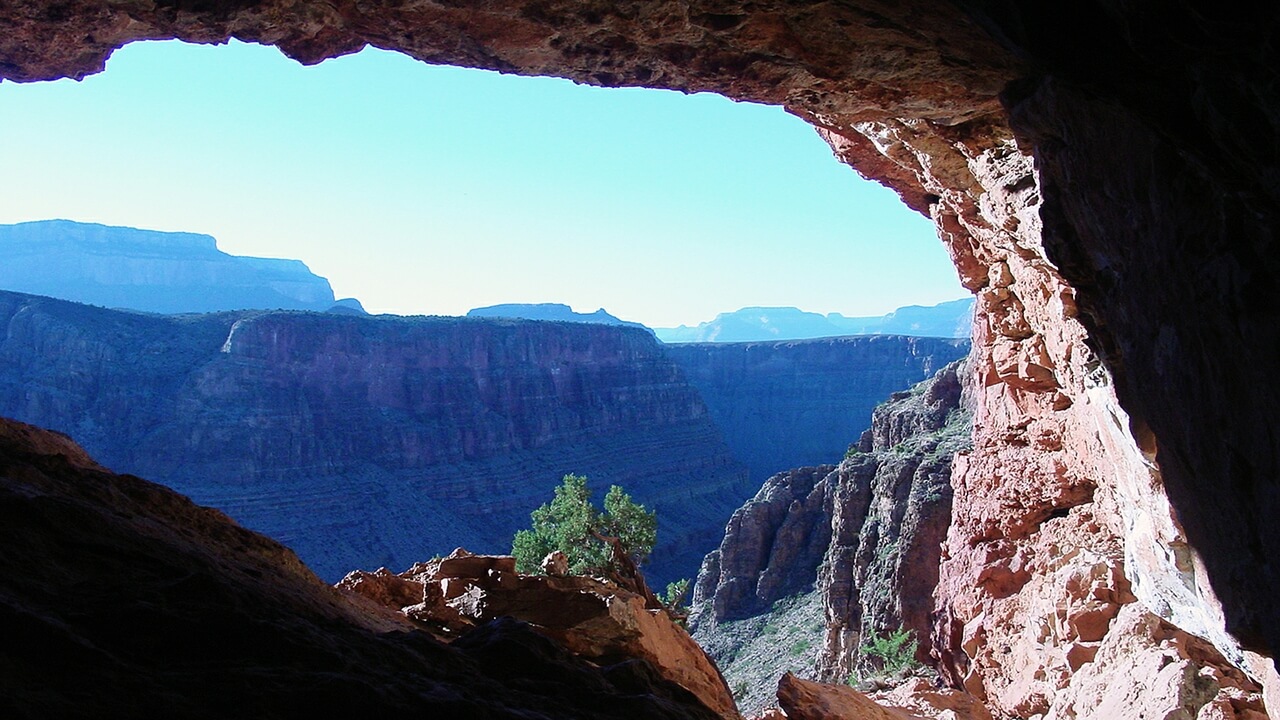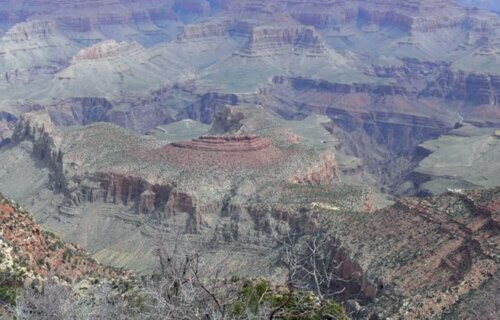ALBUQUERQUE, N.M. — The Grand Canyon, known for its majestic valleys and millennia-old rock layers, has now unveiled another marvel — its extensive cave systems that could potentially unlock secrets about climate change.
A team from UNLV and the University of New Mexico delved into the Grand Canyon’s subterranean caves. They examined an ancient stalagmite – essentially an age-old rain gauge that grows on cave floors from mineral deposits. By assessing these mineral deposits, the team has identified precipitation trends from the end of the last Ice Age, helping predict the potential fallout of climate change on the southwestern U.S. and northwestern Mexico’s monsoon patterns.
The results disclosed an intriguing find: more water infiltrated the cave some 8,500 to 14,000 years ago when regional temperatures were spiking. Researchers theorize that intensified summer rainfalls, which quickly melted winter snow and sped up evaporation, were responsible for this rise in water levels.

Currently, most water infiltrating the Grand Canyon comes from melting winter snow. However, during the early Holocene period, which wasn’t much warmer than today, both summer and winter rains contributed. This could imply that with future warming, the region might see increased summer rains.
“What was surprising about our results is that during this past warm period, both the summer monsoon and infiltration into the cave increased, which suggests that summer was important for Grand Canyon groundwater recharge, even though today it is not an important season for recharge,” says lead researcher Matthew Lachniet, a paleoclimatologist at the University of Las Vegas-Nevada, in a university release. “While we still expect the region to dry in the future, more intense summer rainfall may actually infiltrate into the subsurface more than it does today.”
How did stalagmites offer such insights?
As mineral-rich water drops from stalactites on cave ceilings, it forms stalagmites, storing an accurate rainfall record, much like tree rings. Analyzing these cave formations helps discern the amount of rainfall in past eras, using the varying presence of oxygen forms in water and the composition difference between summer and winter rains.
“Obviously, we know things very precisely in terms of timing because we know how to date things,” notes Victor Polyak, a research scientist at the University of New Mexico Department of Earth & Planetary Sciences. “This is something that we are known for around the world using these methods.”

Scientists effectively utilized stalagmite samples to gauge the volume of water replenishing underground reservoirs in the Grand Canyon during the early Holocene.
Yet, with the climate crisis and factors like population growth, the infiltration of surface water into these underground reservoirs can diminish. Despite the current limited contribution of summer rains to groundwater replenishment, the scenario may alter with global warming and increased monsoon moisture.
Although a previous study suggested that the North American monsoon would strengthen with more warming, some models proposed the opposite. This new study reinforces the prior findings.
“Unfortunately, effective moisture is the balance between precipitation and evaporation,” says Yemane Asmerom, distinguished professor at the University of New Mexico Department of Earth & Planetary Sciences who conducted the prior study. “Unlike the more temperate Grand Canyon climate, the dry southern part, is likely to be drier, as a result of the increased temperatures.”
The study is published in the journal Nature Geoscience.
You might also be interested in:
- Best Travel Backpacks For 2023: Top 5 Bags Most Recommended By Experts
- Best Fall Camping Destinations: Top 5 U.S. Natural Retreats Most Recommended By Experts
- Best Hiking Trails In The US: Top 5 Spots Most Recommended By Outdoors Experts


Anything to continuously add to the “climate change” narrative or climate “crisis” to keep promoting the big lie to control people. Drop a stick on the ground and these “scientists” will attribute it to “climate change”.